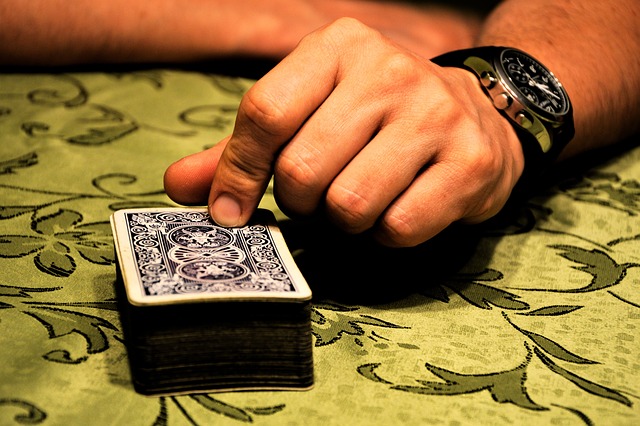Small color connectors (suite) are the hands of poker preferred by many of the professionals. They can give you multiple possibilities after the flop or tower, and opponents will hardly put you on such a book. Thus, you have the opportunity to earn very large pots, but enough prey fall to the mirage offered by these books and invest too much. We will try below to identify the moments when such books need to be played, properly played to have maximum efficiency, but also why traps to keep yourself so that you do not compromise your stack.
What position to play
As a general rule, the beauty of these poker hands (8-7 suited, 5-4 suited, etc.) is represented by the fact that they can be played from any position. They themselves do not represent some big books, to which it is difficult to give up in case of re-raise, so you can try to clear or even pay a small raise, or you are in the UTG, Middle Position or Big Blind. Many professionals really prefer from the late position to raise, if until them only open-limp has been given. The chances for someone to come up with re-raise are minimal (only if Slow has played a large pair, from UTG), and the opponents will be confused by the subsequent raises, made when the connectors are completed. In addition, they believe that a raise made from the latest post with such books contribute to preserving the aggressive image, which is essential.
How much do you pay with such a book

If we refer to the ideal framework for such small books related to worth playing, it must be said that, in general, professionals do not take into account almost 5-10% of their pre-flow stacks. with such winning hands poker.
If you manage to pass with such a small amount of the action before the flop, you will have the possibility that a number of opportunities can be revealed. Most commonly you will probably hit only a pair, which should not keep you in any form, independent of the raises made by opponents. You want through the two connected books to fill in a large hand, to have access to important sheets. You are not interested in investing with the second or third pair, especially since the kicker is more than modest. In these situations, if you are facing raises from others, our advice would be to give up without too much regret.
In contrast, in a number of other variants you will have the pleasant surprise to find that, from the flop, either a color or chinite draw has been tied or two pairs or, ideally, trips. To know what to do in the first two moments you always have to heat, so you can see if it is profitable to pay when the rays made by opponents are large or very large. With two pairs or three pieces in your hand you will be favorite in over 90% of cases, so in those situations the decision is much easier.
The importance of the fold
The great secret of the game with two books related to the same color is that you do not have to become “dependent” on them. Too many players make this error and are exposed, risking unnecessarily and endangering a good part of the stack. It has to be very clear to you – just like when you apply the Set Mining Strategy, which I discussed here – that you are trying to participate in an pot that can give you huge satisfaction. But only at a reduced price! If the others at the table play very aggressive, with raises and re-raise, you should be clear that the right decision is to retreat from your hand. The losses are small, because you have taken care to identify that frame in which you should only invest a small part of your stack.
You tried to see a cheap flop, possibly in front of opponents with much better poker Holdem hands (it would be ideal for opponents to have good hands and not be aggressive enough, allowing you to see with minimally the flop), but This time could not. Someone has invested too much, and you do not have enough bullets to wear the battle. You have to be very clear that you cannot take a heavy war: when you ask for a lot, and you have such a speculative hand, there is only one alternative – the fold!
What do you do when you completely miss the flop?

Many times you will find out with a 5-6 cup in front of a 10-10-2 flop, with two strokes, let’s say. To the extent that you played your hand in the Early Position or Middle Position, you should be clear that you have to surrender. You have no position, so you can’t try a raise (not having enough information), so almost certainly someone will have claims. The first loss is the best loss in such a situation, so make the decision to give up without any doubt.
Instead, if you are in position and you were the pre-flop aggressor, our advice is to ask. Many depend on the texture of the flop and the typology of the opponents, but if they are not truly frightening books (eg 10-j-q. Impossible to believe that someone does not even have a draw on such a flop), a raise of yours will bring you The pot in over 50% of the situations here. Your C-BET will present an extra guarantee in enough situations that you have a better hand, although you try a bluff, to steal the pot.
In conclusion, small connectors of the same color are speculative hands, which can bring you big rewards if you use them constantly, but only in the previously described framework. Do not enter the trap of investing too much money/sheets with such books.



